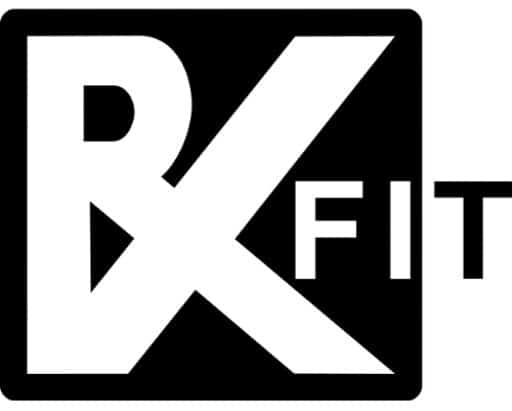Massage therapy is a powerful tool that can be used to help alleviate and address certain body issues in the world of bodywork practitioners. There are a multitude of different styles and modalities that massage can take form – deep tissue, Swedish, shiatsu, cupping, ART techniques – so it can be difficult to navigate which style is best for individuals’ needs. However, the style of bodywork I dedicate to not only addresses muscular imbalances, but also bone alignments and neuromuscular mechanisms that produces efficient and lasting results.
The style of bodywork I focus on is called ATP – Active Tensegrity Philosophy. A foundational idea of ATP is the concept of tensegrity; the body is a structural system that is held together by tensile and compressive forces creating a stable yet dynamic form. With this model, the bones are the hard rods and the muscles/soft tissues are the strings; bones are “floating” in a sea of soft tissue. Tensegrity allows us to view the body as a comprehensive structure where manipulating one part of the model – stretching or pushing – also affects the rest of the structure. If you have ever sprained your ankle, you know that you instinctively avoid putting weight on it and start favoring one side. This is tensegrity in action – the body puts more tension on the good leg to compensate for the bad ankle; the body is fluid, dynamic, and adaptable and will find the most efficient way to move under any given circumstance. In other words, your body moves in compensation movement patterns because of tensegrity – for better or for worse.
Another foundational idea of ATP is how we manipulate muscles. We avoid the muscle belly and focus on where the muscle attaches to the bone. By focusing on tendons we start to see the relationships between muscles and the joints they cross and move. Take foot arches for example. A common recurrence in fitness rehab is that peoples’ arches are too weak, collapsed, flat, too high, etc. Three important muscles that support the arch and contribute to overall foot health are in the deep calf and more or less connect to the toes – flexor digitorum longus, tibialis posterior, and flexor hallucis longus. With this in mind, we can conclude that common calf tightness is attributed to the lack of mobility in the toes due to poor shoes and the neglect of toe fitness. With the ATP methodology, addressing calf tightness also means addressing the toes which alleviates those deep calf muscles because they are the same muscle. It’s like tuning a guitar – we strum the middle of the string (muscle bellies), but we tune the string at the ends (tendons) which affects the tension of the whole string. By working attachment points, we are able to alleviate tension throughout the whole muscle.
How does ATP and these foundational ideas produce efficient and long lasting results? By using tensegrity and working muscle attachments, we are able to make structural changes as well as rewire the nervous system to move in better and efficient movement patterns. Since muscle anchors down to the bones, relieving these anchor points will alleviate the tension that muscles produce on bones. This results in the joints and bones to move more freely and realign in a better position. Furthermore, since muscles are the only contractile tissue, when a muscle glides, everything around it also glides. Take a bicep curl for an example. When you curl, everything in the arm – nerves, blood vessel, lymph, etc – is also “curling”, but the muscle is the only tissue that is contracting to produce this movement. Why is this important? Nerve health is directly correlated with muscle health. If a muscle is gliding healthily, nerves will also glide efficiently. If muscles aren’t gliding, the nerves become stuck and can disrupt communication within the body resulting in nerve impingements which leads to compensation patterns. It’s a domino effect. ATP addresses all of this. If we get the muscles to glide, nerves will glide better resulting in better communication within the body. Your nervous system will adapt to the new tension patterns and this is where compensation patterns start to unravel.
It is hard to know which style of bodywork you need in an industry that has multiple different styles, approaches, and philosophies. However, if you are looking for a one-stop-shop that can alleviate muscle pain and tightness, realign your body to be more efficient, and rewire your nervous system for systematic change, functional massage therapy using the ATP method is the way to go.
